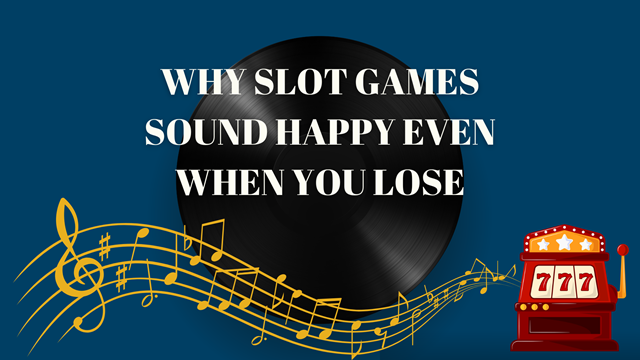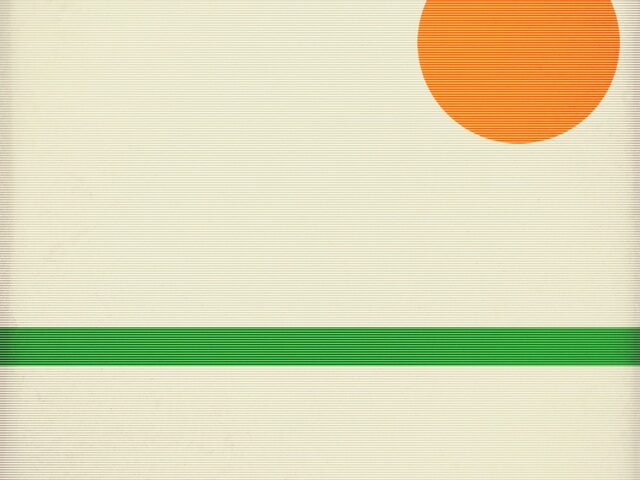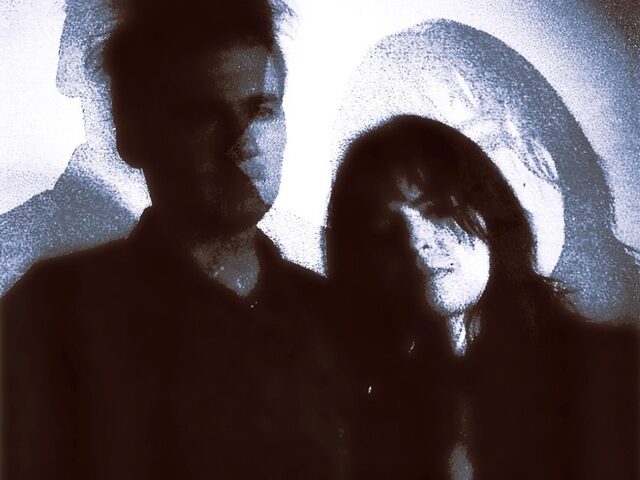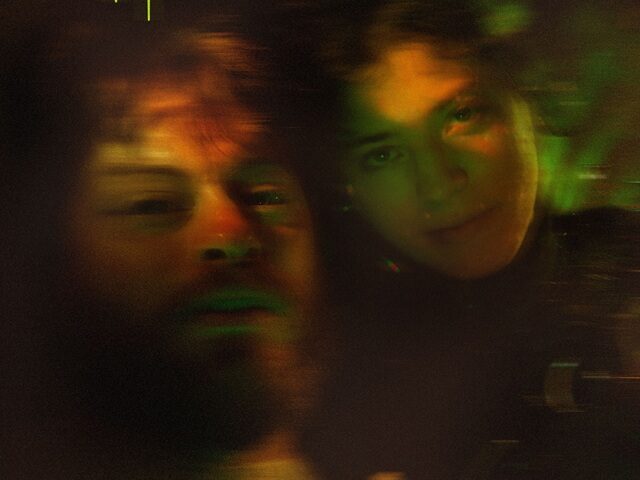The Covid-19 pandemic hit the indie music industry harder than the entertainment industry. When musicians and producers started using social media to keep their gigs going, it wasn’t long before platforms started implementing guardrails.
With the return of concerts, more and more artists are turning to blockchain and crypto to stay ahead of the curve. Non-fungible token (NFT) technology has proven to be a new way for musicians and their fans to connect. NFTs are digital tokens that can be used to authenticate the existence of a digital asset or benefit, such as a limited edition piece of music. These tokens are unique and can create a virtual scarcity.
Despite the recent decline in the NFT market, it remains a powerful tool for independent musicians who don’t have the same access to mainstream platforms like Spotify.
Taking Into Consideration Intellectual Property
As the Covid-19 pandemic continued to affect the music industry, it became apparent that independent artists needed extra revenue streams and a more robust toolkit. It’s important to evaluate the mission of each platform to maximize its value to the artists and their fans.
Creating a relationship between the artist and their fans is an important step to allow them to feel valued and loyal. One of the most critical factors in today’s digital world is copyright protection. The rise of digital platforms like ROCKI allows fans to support their favorite artists by investing in their work. In December 2020, a fan-exclusive song by Guy J was sold off on the platform for a record amount of 40 ETH.
Artists Are Getting Creative
In March, Post Malone launched an NFT that allowed his fans to participate in his World Pong League through a live auction on the platform’s Clubhouse. This was the first time that NFT holders were able to play against the rapper.
In May, a new collective known as TestaMint was launched with artists such as Billy Morrison, Dave Navarro and Jim Evans. The company claims that it is the first blockchain ecosystem that is more eco-friendly than Ethereum and Bitcoin.
Activism
Some artists have also used the NFT craze to fuel their unorthodox ways of supporting their fans. In March, activist Nadezhda Tolokonnikova launched a series of NFTs for the Pussy Riot’s latest music video “Panic Attack” on the Foundation platform. The group also partnered with the platform to create an award for political art.
In April, musician and activist Imogen Heap launched NFTs on OpenSea, which were created during a live jam session on the platform’s app. Through the project, she was able to reduce greenhouse gas emissions by over 20 tons.
Will the Landscape of Music Change?
The influence of NFTs on the music landscape will be altering decades of access-replacing ownership. According to the RIAA, streaming sessions now account for over 80 percent of the music industry’s revenue. However, under the “pro-rata” model, which means that the top one percent of performers receive more money, the vast majority of what’s streamed is music from the bottom one percent.
The emergence of NFTs allows artists to have a fair shot at competing and surviving against the music industry’s most influential artists. It’s time to bridge the gap between the listener and the artist.





